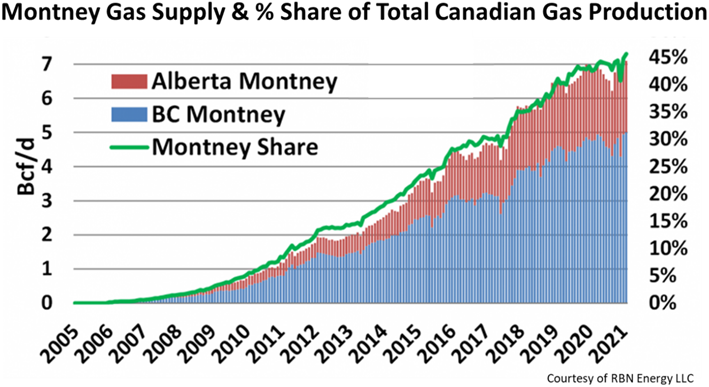Canadians in the oil patch feel very unloved by a Federal Government that seems indifferent at best to one of their nation’s biggest export earners. This political ambivalence seems surprising to outsiders when you consider that Canada offers the world one of the best examples of how oil and gas can play a pivotal role in the energy transition and the pathway to net zero emissions of greenhouse gases.
Canada already ranks number one amongst the world’s top exporters on environmental, social and governance (ESG) rankings and as the fourth largest producer of both oil and gas in the world it truly is a sleeping giant when it comes to the global energy industry. Oil and gas exports provide 20% of Canada’s export earnings and companies in the sector are the largest employer of indigenous people and the largest investors in clean technology.
The Canadian oil and gas industry is a global leader in terms of reducing GHG emissions. Most of Canada’s oil production comes from energy intensive extraction from oil sands. This has long been regarded as “dirty” oil and yet the oil sands producers have signed up to an initiative that will result in them having net zero GHC emissions on or before 2050. This will involve massive investment in new technology to reduce emissions at source as well as carbon capture, utilisation and sequestration (CCUS). Canadian gas as a replacement for coal will generate electricity with up to 60% less GHGemissions and Canada’s LNG industry will have an even bigger impact. LNG facilities planned and under construction for Canada’s west coast will use power generated from hydro to deliver up to a 66% reduction in GHG emissions when compared to the global LNG facility average. The LNG Canada project being constructed by Shell could, on its own, reduce global CO2 emissions by an amount equal to 15% of Canada’s current GHG emissions.
Canada, already one of the most environmentally responsible of all the major oil and gas producing countries, finds itself in a unique position to contribute to the global energy transition. By 2040 the International Energy Authority expects demand for natural gas to have increased by 40% and with its vast gas resources and the ability to construct the lowest GHG emitting liquefaction facilities in the world, Canada is in pole position to meet market demand.
When you consider that Canada ranks fourth in the world for gas production, then it is truly remarkable that almost half of that production comes from the Montney Formation.

Based on the latest estimates by the Canadian Energy Regulator the Montney is thought to contain remaining marketable gas reserves of 567 Tcf. This would make remaining reserves in the Montney more than twice the combined reserves of the Marcellas and the Utica (214 Tcf), two of the powerhouse gas plays in the U.S. To put it in context for readers down under, Australia, currently 2nd largest global LNG exporter behind Qatar, has 70 Tcf of remaining conventional gas reserves. Australia may have significantly more reserves if some of its unconventional plays ever come to fruition but that seems a long way off.
So we have established that the Montney is a global scale resource in a country that ranks number one on the ESG scale for major economies and that LNG sourced from the Montney will have some of the lowest GHG emissions of any liquefaction projects globally.
KeyFacts Energy: Calima Energy Canada Onshore country profile
 KEYFACT Energy
KEYFACT Energy